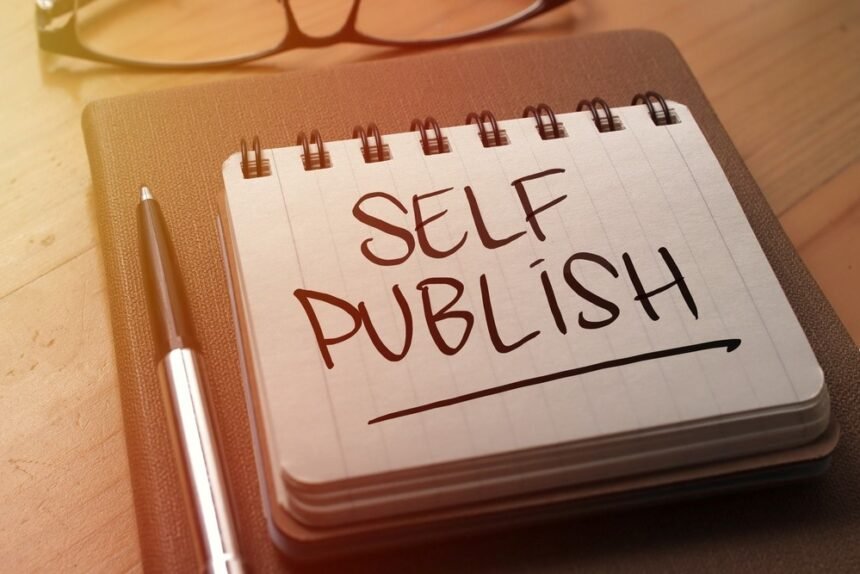The realm of literature is in a constant state of evolution, with self-publishing becoming an increasingly popular choice for authors in Australia. Gone are the days when traditional publishing was the only path to seeing your work in print. With the advent of various platforms and services, self publishing a book has never been more accessible. This article aims to guide Australian authors through the process of self-publishing, ensuring that their literary creations reach readers effectively and professionally.
Understanding the Self-Publishing Landscape in Australia
Before diving into the world of self-publishing, it’s essential for authors to understand the landscape. Self-publishing in Australia offers writers full control over their work – from content and design to distribution and marketing. This approach can be empowering but also demands a comprehensive understanding of the process.
Step 1: Finishing Your Manuscript
The first step in self-publishing is ensuring your manuscript is complete and thoroughly edited. A polished, well-edited book stands a better chance of attracting readers and earning credibility in the marketplace. Consider hiring a professional editor to refine your work before you proceed to the next step.
Step 2: Choosing the Right Self-Publishing Platform
Decide if you want to publish an e-book, a print book, or both. There are numerous platforms available to self-publishers, each with varying features and distribution networks. Research and select a platform that aligns with your needs and goals as an author.
Step 3: Design and Formatting
Book design and formatting are vital in creating a professional-looking book. Elements such as cover design, typesetting, and layout contribute significantly to the reader’s experience. Authors may choose to design their book themselves or enlist the expertise of professional designers and formatters.
Step 4: ISBN and Barcode
Acquiring an International Standard Book Number (ISBN) is a crucial step in the self-publishing process. This unique identifier helps catalog and track your book within the industry. In Australia, ISBNs can be obtained through the ISBN agency, and it’s advisable to get a barcode for your book as well, which is necessary for physical retail sales.
Step 5: Printing Your Book
For authors opting to create physical copies of their book, selecting a reputable book printing service is essential. Services like Morgan Printing services offer high-quality printing, binding, and finishing options for self-publishers. Consider factors like print quality, cost, turnaround time, and customer service when choosing a printing partner.
Step 6: Distribution
Distribution is the key to getting your book into the hands of readers. Australian authors have to decide whether to distribute their book solely online, in physical bookstores, or both. Many self-publishing platforms offer distribution services that can help authors reach a broader audience.
Step 7: Marketing and Promotion
Marketing is a critical component of self-publishing, as it increases your book’s visibility. Develop a marketing plan that includes social media campaigns, book reviews, author events, and other promotional activities to reach your target audience.
Step 8: Pricing and Royalties
Pricing your book appropriately is a delicate balance of covering costs and remaining competitive. Research the market to set a fair price that appeals to readers and ensures you receive satisfactory royalties from sales.
Step 9: Legal Considerations
Authors should be aware of the legal aspects of self-publishing, such as copyright, contracts with service providers, and tax implications. It’s advisable to seek legal counsel if you are uncertain about any legalities.
Step 10: Collecting Reviews and Feedback
Once your book is published, actively seek reviews and feedback. Positive reviews can boost sales, while constructive criticism can inform your future writing endeavours.
Understanding the Costs Involved
Self-publishing a book does come with costs. These can include editing, formatting, cover design, printing, and marketing expenses. Authors should create a budget to manage these costs effectively.
Utilising Local Services
In the Australian self-publishing market, utilising local services can prove beneficial. Local services may offer better understanding of the Australian market and more personalised support. Australian authors should consider employing local editors, designers, and printers where possible.
Advantages of Self-Publishing
The advantages of self-publishing include maintaining creative control, setting your own deadlines, potentially earning higher royalties than traditional publishing, and the possibility of a faster go-to-market strategy.
Final Thoughts on Self-Publishing in Australia
Self-publishing a book in Australia is undoubtedly a journey filled with significant decisions and considerable effort. However, with the right approach and quality Morgan Printing services, authors can see their work come to life in a way that fully captures their vision. While it requires a multifaceted effort encompassing writing, design, printing, and marketing, the result can be both professionally rewarding and personally fulfilling. With patience, research, and dedication, your self-publishing endeavour can turn into a successful and rewarding enterprise.








